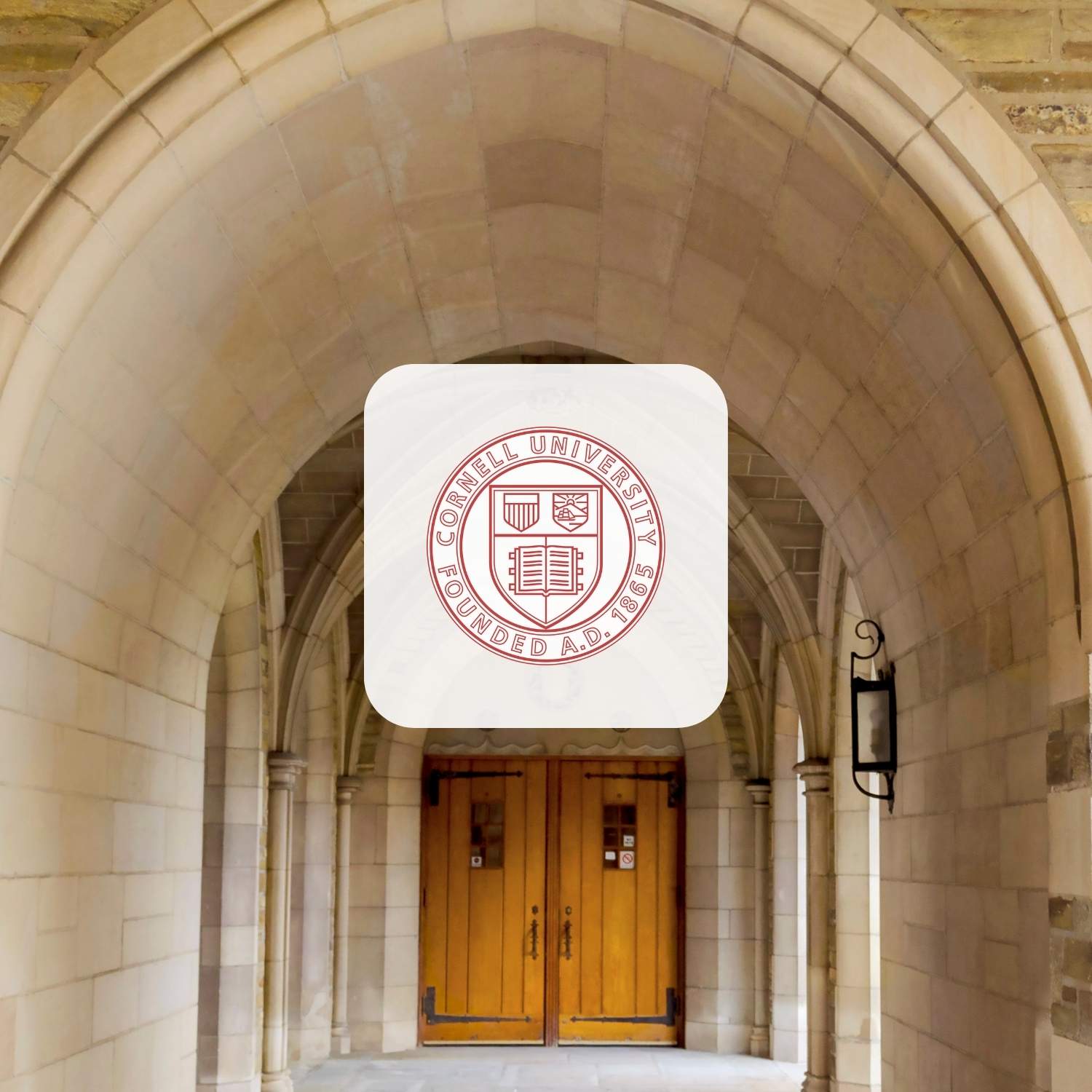
How we helped new students acclimate to Cornell’s College of Agriculture & Life Sciences
Key Results
- CodeScience delivered a full-featured Community for Cornell University in just 8 weeks
- Cornell’s online Community was successfully used by 98% of first-year students and 99% of transfer students
- Significantly reduced call center volume during Summer course enrollment in Cornell’s Student Services Office through more efficient and targeted student engagement
…we found Salesforce’s Communities product…but we needed expertise to do it right—this is where CodeScience came in.”
Rebecca Joffrey, Director of Interactive Services, Cornell University
The Test
An Ivy League University, Cornell is home to more than 20,000 students, more than 1,600 professors, and exactly 43 Nobel Laureates as of 2014. As new technology has evolved to support community interactions, the Student Services team at Cornell’s College of Agriculture & Life Sciences (CALS) specifically wanted to improve its online support of students before they arrived on campus. The team wanted to make it easier for incoming students to find the resources needed to properly start their CALS education.
“Today, in higher education, it’s hard to deliver personalized service to thousands of students, because existing packaged software lacks the flexibility to use all the individual data points we have for each student,” said Rebecca Joffrey, Director of Interactive Services at Cornell University’s College of Agriculture and Life Sciences. “We’ve been wanting to expand and personalize our online offerings for new students for a long time, but the technology simply wasn’t there. Once we found Salesforce’s Communities product, we knew we could move forward, but we needed expertise to do it right — this is where CodeScience came in.”
Specifically, the Student Services team was concerned about information overload for new students having to navigate Cornell’s 4,000 classes, plus dorms, textbooks, meals, and other services. Many students were overwhelmed by too much information, and short of picking up the phone, there was no way to get good answers.
“Our students are at the cutting edge of social media, so we wanted to build something that would allow them to collaborate and find the information they need when they need it,” added Joffrey. “We trusted that Salesforce’s proven, cloud-based infrastructure would meet our technical needs. While we knew what we wanted, we weren’t sure how to build it.”
“When Rebecca contacted us, we were immediately interested in the project, because we’d been wanting to get our hands dirty with Salesforce’s Communities product, which was relatively new at the time,” said Mike Witherspoon, CEO of CodeScience. “For organizations that aren’t familiar with it, the best, but most potentially confusing thing about Communities is how flexible it is — because when you can do anything, it’s tempting to try to do everything.
The Science
“Our vision was to build a social application where students get all the information that is appropriate to their school, major, year of study and so on — but beyond that, we wanted to enable students to learn from each other,” said Joffrey. “The architecture of the Community was also important for us, because we were going to begin with 3,000 students, but eventually we need to be able to scale to support 20,000 students.”
A primary reason CodeScience recommended Cornell build its Community on Salesforce was because it would radically improve Student Service by customizing the delivery of information to students based on their unique profiles. It also allows staff and faculty to have their own private Community for discussion, but still interact with students in the student Community. While the architecture of Communities wasn’t necessarily intended for use in higher education, it is ideally suited for managing one-to-many communications between individuals and a central organization.
“College tuition is one of the most important investments in a person’s life, so students expect a personalized experience where their university understands and adapts to their unique needs,” added Joffrey. “When we challenged the CodeScience team to build us a Community that would radically improve the student experience, they were like an ‘always on’ partner, constantly working with us. Mike even talked with us when he was on vacation in Ecuador.”
“Another interesting challenge was how to deal with the large diversity of groups that would be using the Community to ensure they receive only relevant information for their current standing with the university,” said Chad Clubb, Solution Architect at CodeScience. “There are different schools, majors, and other variables that we needed to take into account, while appreciating that students will become alumni and maintain an ongoing relationship with the university after graduation.”
“One of the key values we could deliver to CALS students was to create a single platform where students can find the information, apps, and experts they need, all in one place,” added Clubb. “We implemented Chatter so students can interact directly with staff and peers. And we created an on-demand library that serves up information contextually at the click of a button.”
There is no way we could have done this ourselves, particularly not in 8 weeks.”
Rebecca Joffrey, Director of Interactive Services, Cornell University
The Results
CodeScience delivered Cornell University’s Community in just 8 weeks. “There is no way we could have done this ourselves, particularly not in that time frame,” said Joffrey. “In addition to being robust from a feature perspective, application adoption in this first phase of onboarding new students exceeded our expectations — and we have the data to prove it.”
In the first 10 weeks of use, Cornell’s Community was successfully used by 98% of the CALS first-year students and 99% of its transfer students, who added more than 2,400 comments and posts to the knowledge base in that time frame.
“One of the most exciting proof points for the success of our Community was the significant reduction in support calls to our Student Services center on the day of course enrollment,” said Joffrey. “Now that this core platform is in place, we can go beyond standard offerings to deliver meaningful new services that make it easier for students to find what they need and connect with their peers and advisors.”
Joffrey believes the Community CodeScience built will create greater student success and satisfaction. Looking forward, the College is considering expanding the Community to meet other needs, such as Salesforce Service Cloud for case management, or geo-fencing to send text messages to students for free coffee at the nearest cafe after they complete their online student profile.
“The whole reason I’m doing this is to empower the next generation of change-makers — to free their time from routine tasks and help them focus on building a brighter future,” concluded Joffrey.
“CodeScience built the foundation of our platform, and now we can add new tools, integrate new data, and deliver new experiences that drive student engagement. This helps us deliver on our mission: To empower students to focus on education, not administration, so they can build a career that delivers a positive impact in society.”
Whether you’re a long time partner or just now evaluating the Salesforce ecosystem, we would love the opportunity to help you build for success.


